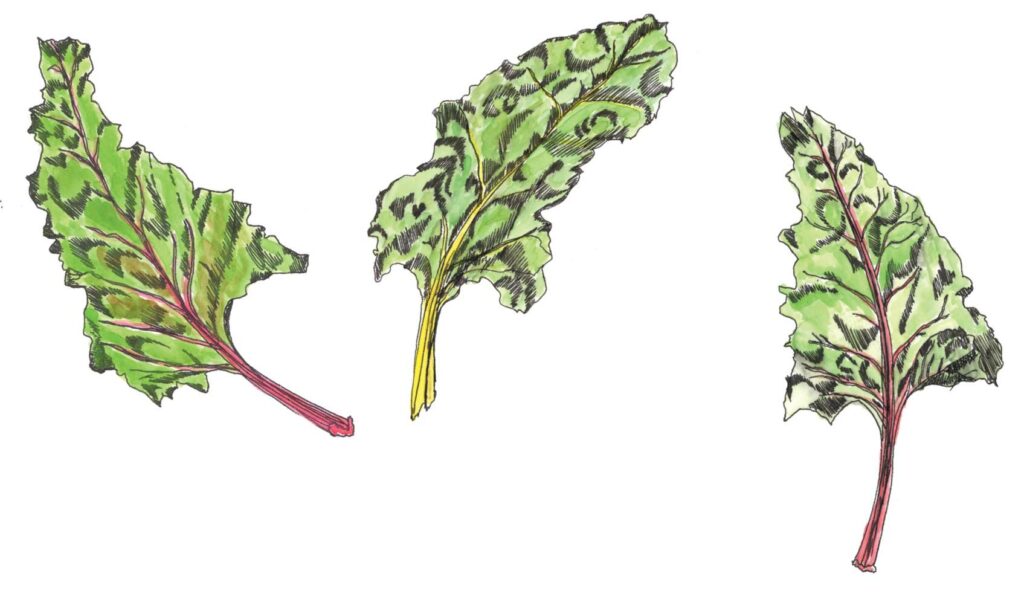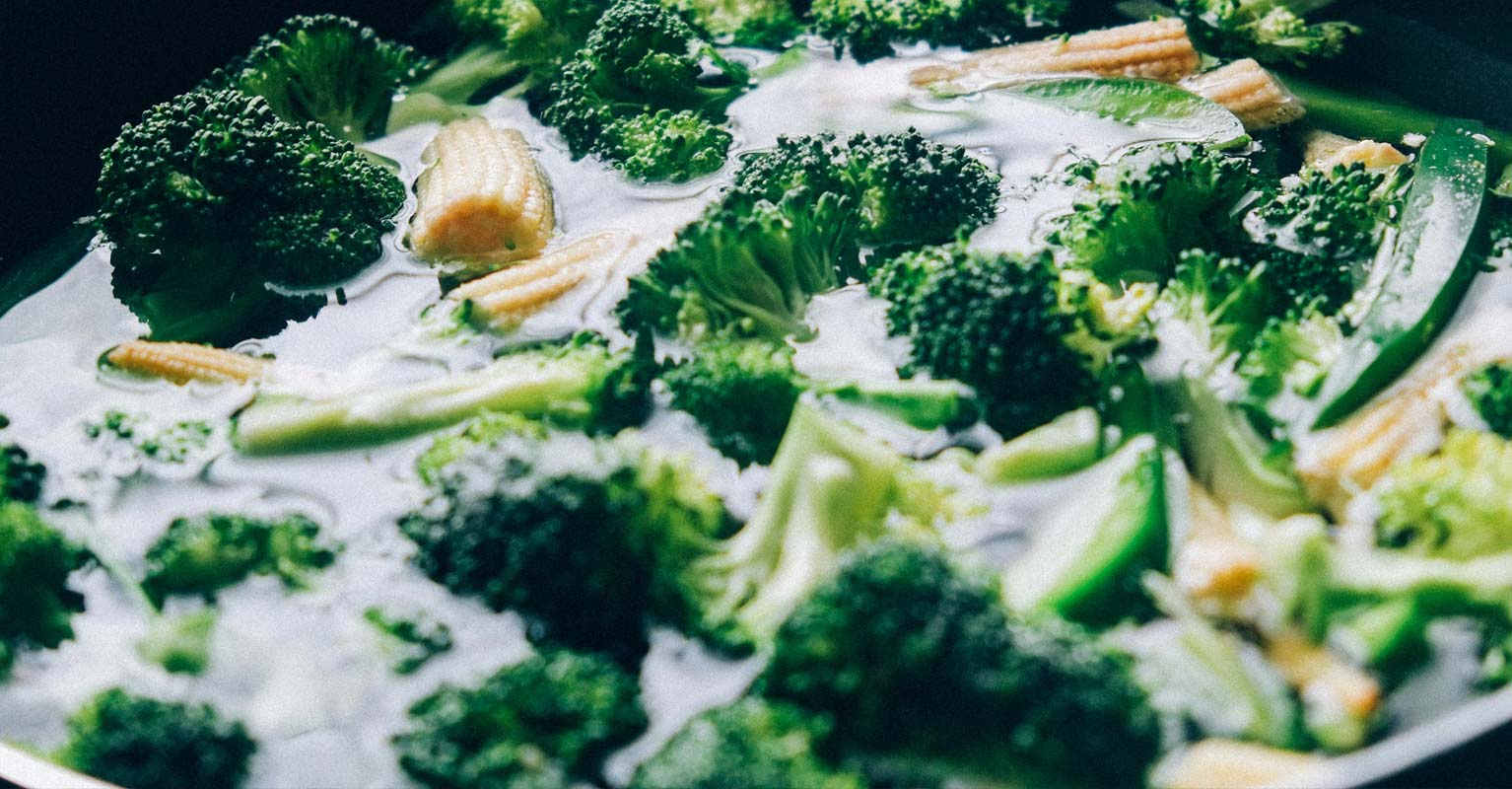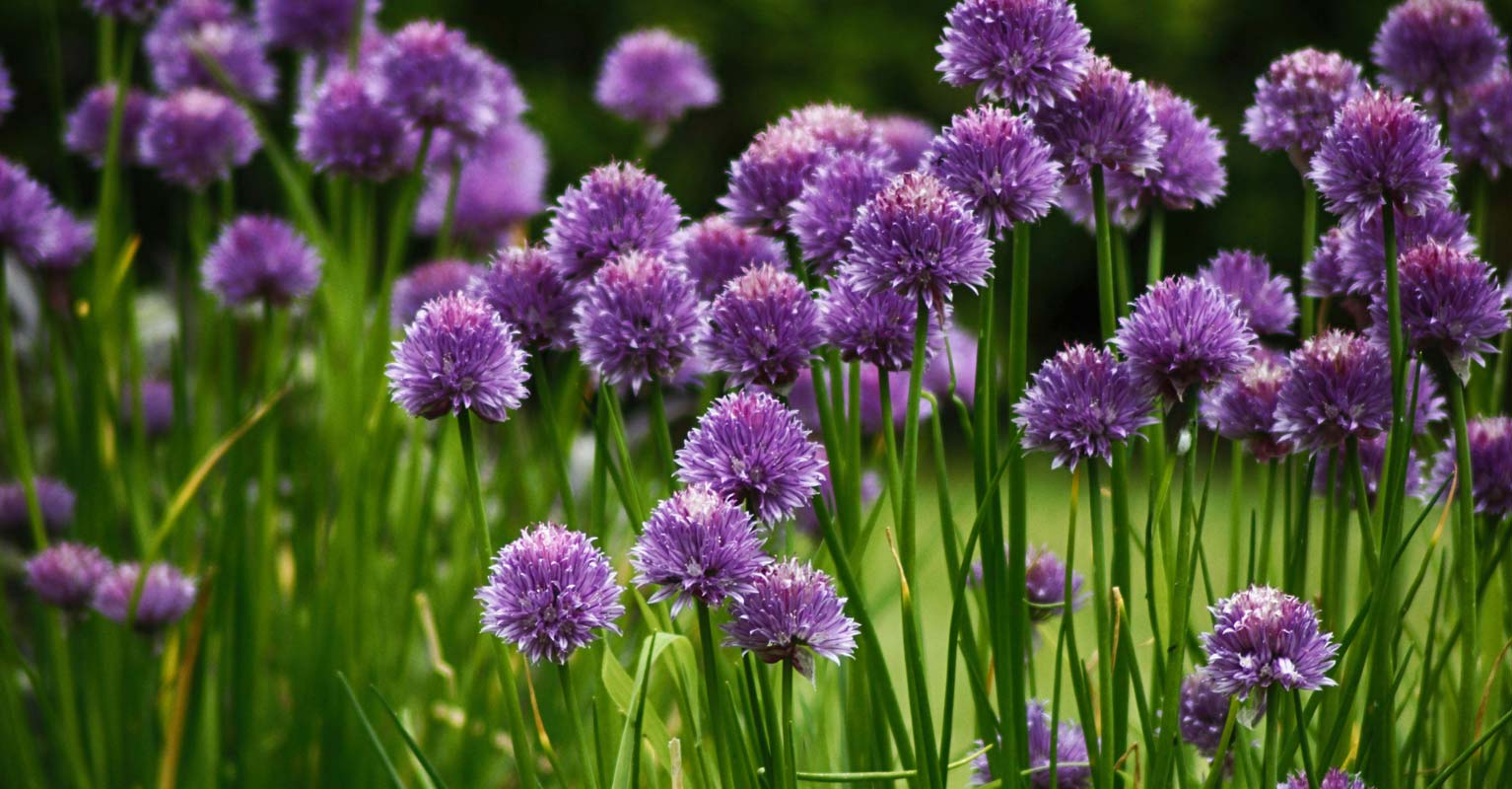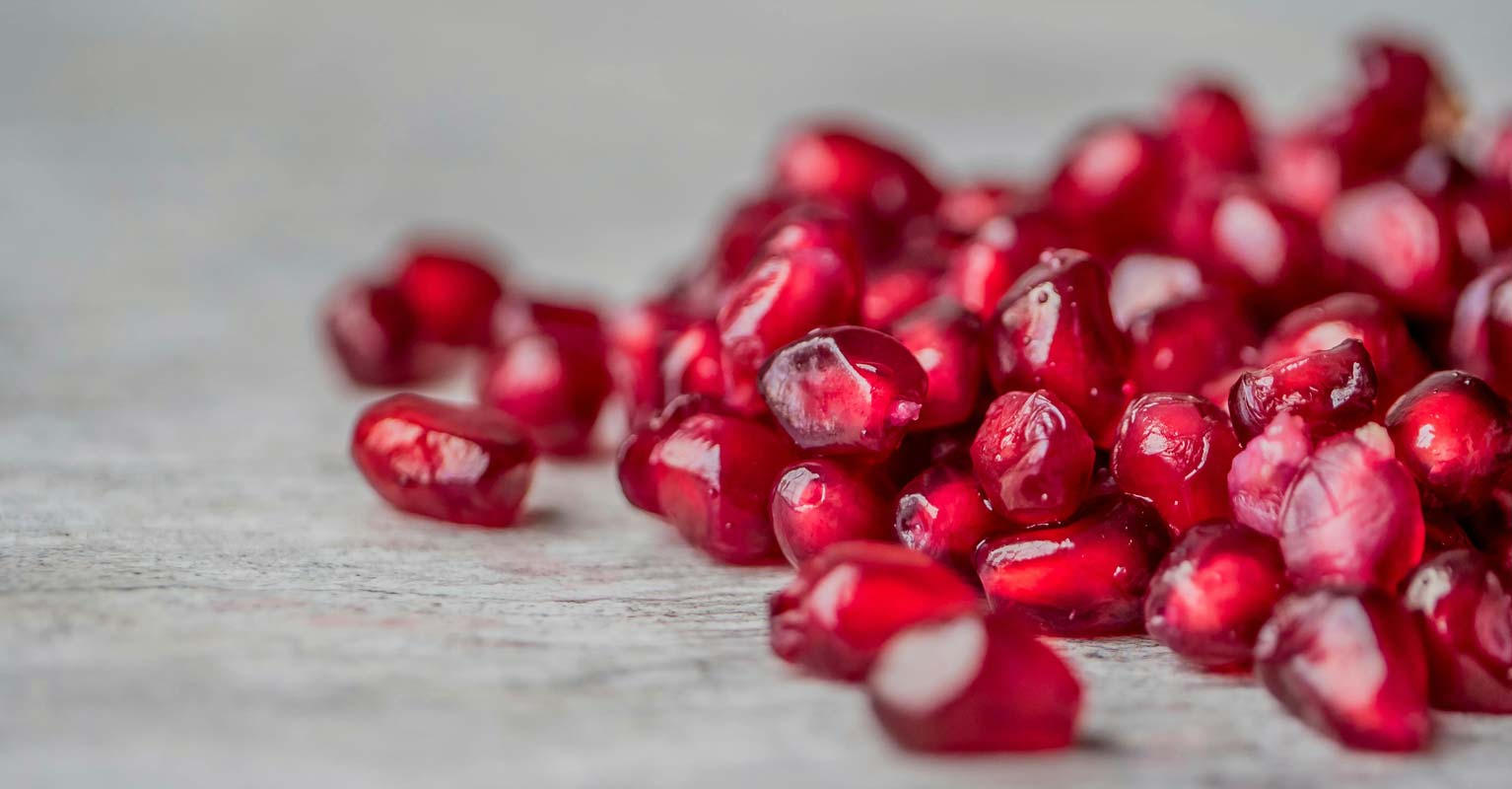RAINBOW CHARD
In fields and gardens, chard is one of the earliest greens to pop from the winter ground. With vibrant colors that seem almost unreal, rainbow chard is like getting two vegetables in one: a firm stalk that yields to heat with a little olive oil, and tender greens that sit somewhere between spinach and kale on the taste spectrum.
When preparing, swish the leaves around in a bowl of water, lift out so any dirt stays behind, and dry on a clean flour-sack towel. Tear or cut out the stem and slice it lengthwise once or twice then cross-chop into a small dice. Cook the stem bits in a little olive oil with shallot or garlic or on their own, then after a few minutes add the coarsely chopped greens and cook until just tender—the leaves just need a wilting to become delicious. Spritz with fresh lemon or a dash of vinegar before serving.

PURSLANE
When we call something a weed, it means “don’t eat me,” or perhaps “eat me but I’m not going to taste very good.” Purslane is a low-growing plant with green succulent leaves and smooth reddish stems that perhaps you’ve pulled from your garden as I have most summers, suspicious it was stealing nutrients from my tomato babies.
Most American farmers (and gardeners) consider purslane to be a common weed but in South America it’s a popular vegetable, sold at grocery stores and farmers markets. Researchers at Montana State University recently submitted a project proposal to the U.S. Department of Agriculture to study the market potential for edible weeds like purslane. While MSU awaits word on funding, researchers have conducted taste tests around town. In December 2023, they partnered with the local Mexican restaurant La Tinga to serve dishes containing purslane and survey customer responses. Roland Ebel, a professor at MSU researching the many benefits of edible weeds—not only culinary and nutritional, but ecosystem as well—told me that the customer responses were overwhelmingly positive.
CHERRIES
Montana’s Flathead cherries likely won’t appear until closer to July, but Northwest cherries are considered local when you live in Montana, Idaho, Utah, Oregon, or Washington. Multiple varieties fruit as early as June and stretch the season through August, from the deep-ruby Bings to blushing yellow ones, like Early Robin and Rainier.
When (and if) you tire of eating fresh cherries off the stem, gather a few cups to bake a clafouti or cherry galette. Find our recipe in the Summer 2020 issue of Edible Bozeman, available here: ediblebozeman.com/recipe/cherry-galette




